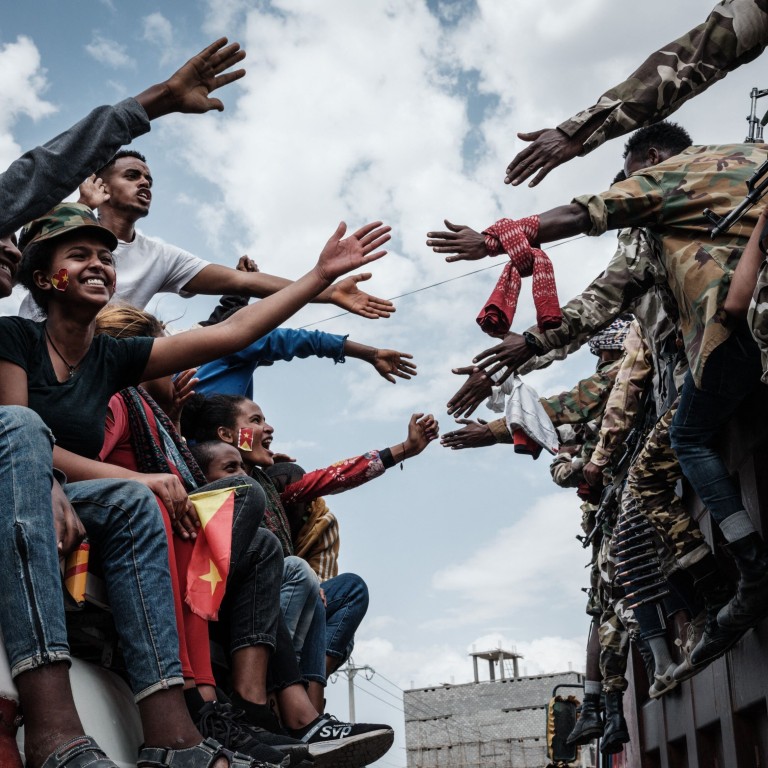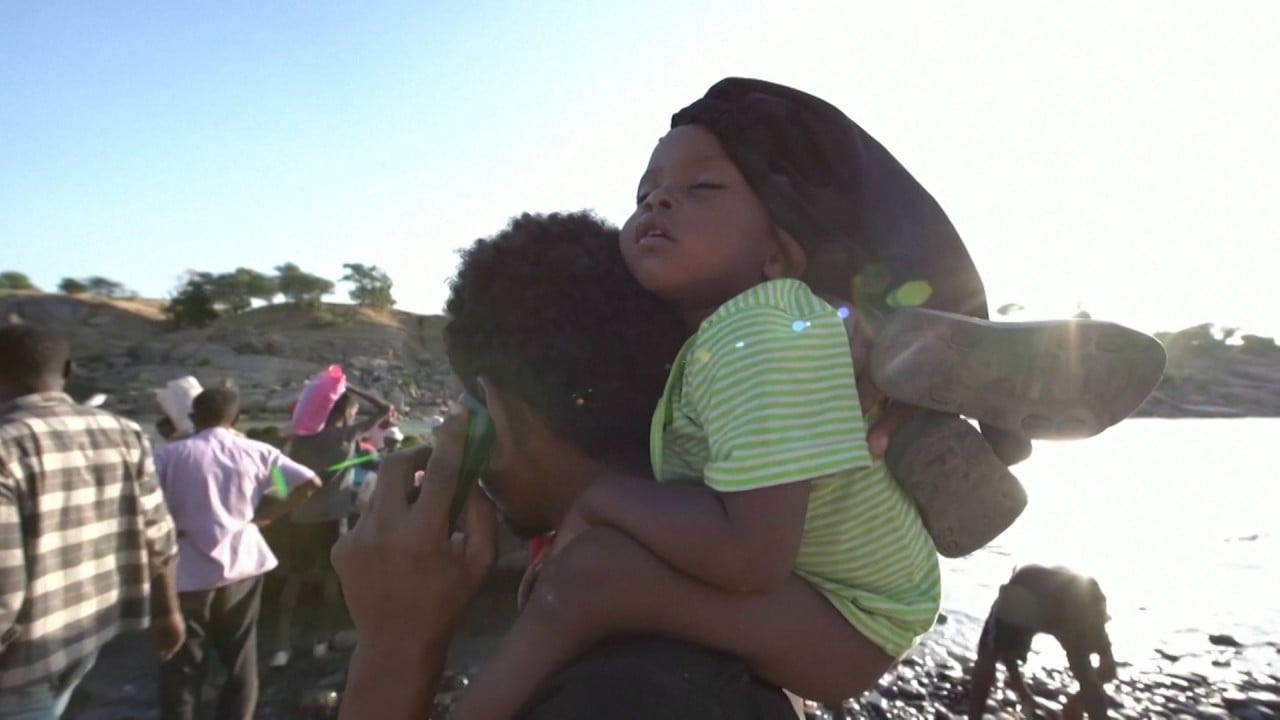
Zambia, Ethiopia may face tougher debt relief talks over ‘hidden’ Chinese lending
- Research exposing under-reported debts reinforces concerns about lack of transparency, according to economist
- It’s also likely to complicate ongoing debt restructuring negotiations under the G20’s Common Framework
A report exposing the “hidden” Chinese debts of countries like Zambia and Ethiopia is expected to complicate their ongoing debt relief talks under the G20’s so-called Common Framework.
The total value of those under-reported debts – external obligations between state-linked entities that are not covered under official public debt statistics – could be around US$385 billion globally, according to last week’s report by AidData, a research lab at the College of William and Mary in the US.
The revelations in the report “somewhat reinforce concerns about a lack of transparency and, at the very least, debt restructuring talks will get tougher”, said Virag Forizs, an Africa economist at London-based consultancy Capital Economics.
“It seems likely that recently uncovered debts will complicate debt restructuring talks,” Forizs said. “These previously undisclosed debts are contingent liabilities for their respective governments and thus could push up total public debt burdens in the future.”
China’s development finance double US’ but issues threaten belt and road: report
Chad’s request to restructure its debts was agreed to in June by a creditor committee – chaired by France and Saudi Arabia and including China and India – and it is currently negotiating with its largest private creditors, such as Glencore, to do so.

03:16
What is behind the fighting in Ethiopia’s northern Tigray region?
Wu Peng, director general of the Chinese foreign ministry’s African affairs unit, took to social media last week to highlight the “applaudable progress on Ethiopia’s debt treatment”. “China supports the international community working together to relieve African countries’ debt burden so that they can focus resources on handling the pandemic and stabilising their economies,” he tweeted.
Ethiopia borrowed US$13.7 billion from Chinese lenders from 2000 to 2019, according to data compiled by the China Africa Research Initiative (CARI) at Johns Hopkins University and Boston University.
Zambia – which was the first African nation to default on debt repayments during the pandemic – is also seeking debt relief under the programme but a creditor committee has yet to be formed.
Zambia’s debt restructuring talks may serve as one of the first indicators of any changes in the negotiating dynamics
The AidData report will add to concern about Chinese loans being shrouded in secrecy and the lack of transparency about “true” debt exposure, according to Forizs from Capital Economics.
While the research provided some clarity, she said “it is not evident that mistrust between creditors will ease when it comes to debt restructuring talks”.
Private creditors had been pushing for lenders to be treated equally out of fear that if they made concessions it could result in Chinese loans – including undisclosed ones – being repaid ahead of theirs, Forizs said. “Zambia’s debt restructuring talks may serve as one of the first indicators of any changes in the negotiating dynamics,” she added.
East Africa to seek Chinese funds for modern regional trains at Senegal summit
Deborah Brautigam, a professor of international political economy at Johns Hopkins and founding director of CARI, said the Zambian government had not reported the debts of its state-owned entities in public and publicly guaranteed figures provided to the World Bank’s International Debt Statistics.
The Zambian finance ministry has disclosed those debts separately on its website, but only this year.
“Since Zambia has reported its total external debt (including private debt) as US$27.3 billion in 2019, these Chinese loans to SOEs and special purpose vehicles (SPVs) were likely misreported as private when they should have been reported as public and publicly guaranteed,” Brautigam said.
Yun Sun, director of the China programme at the Stimson Centre in Washington, said it was likely both China and the African countries were aware of the true size of the debts. “What it will affect, however, is other lenders in judging the overall financial health of the debt countries,” Sun said. “If their total foreign debt is indeed larger than previously assumed, it most directly will negatively affect their creditworthiness in the eyes of multilateral banks and private investors, raising bigger concerns over their financial sustainability and the priority of the debt they are obliged to repay first.”

